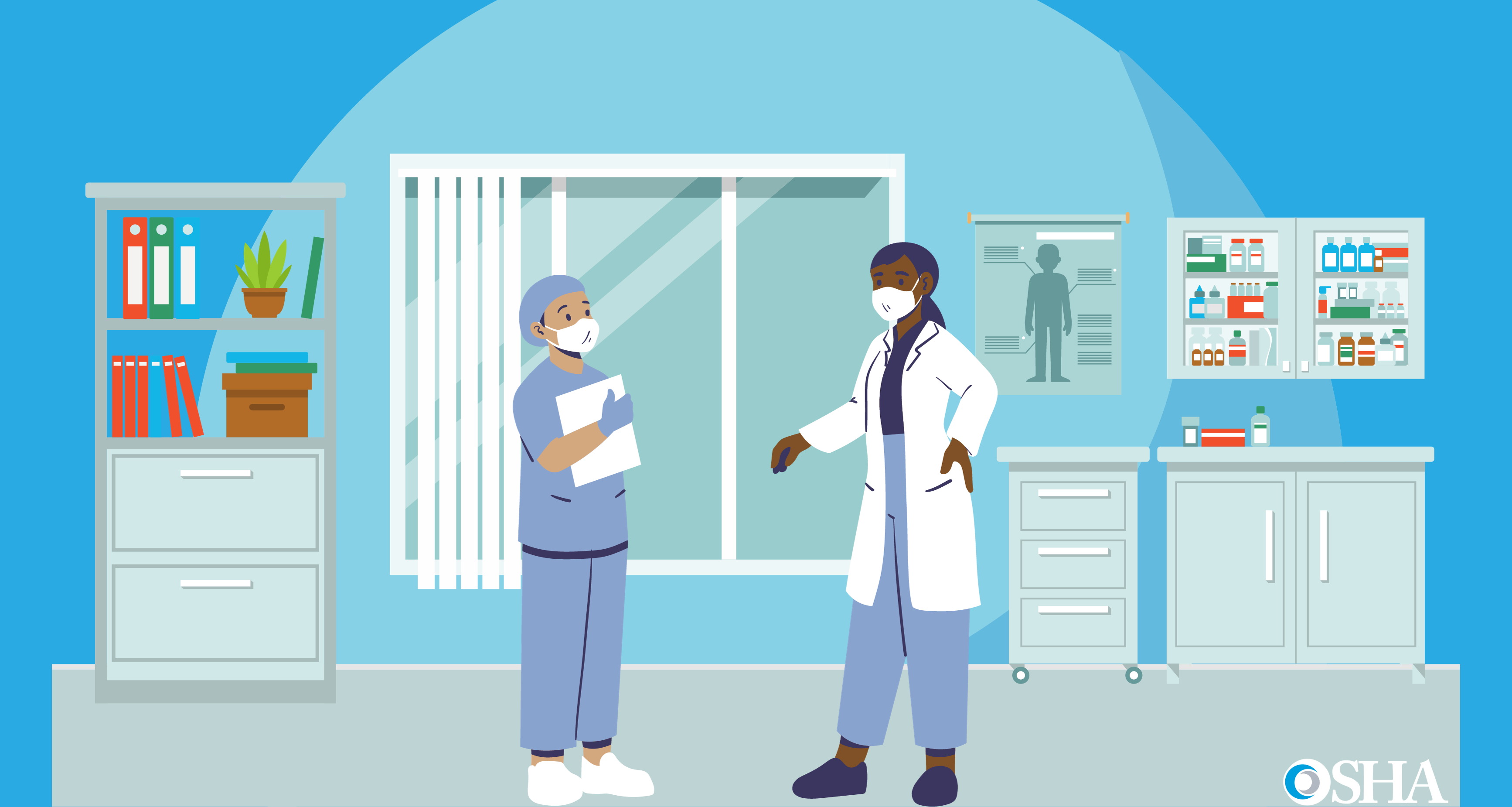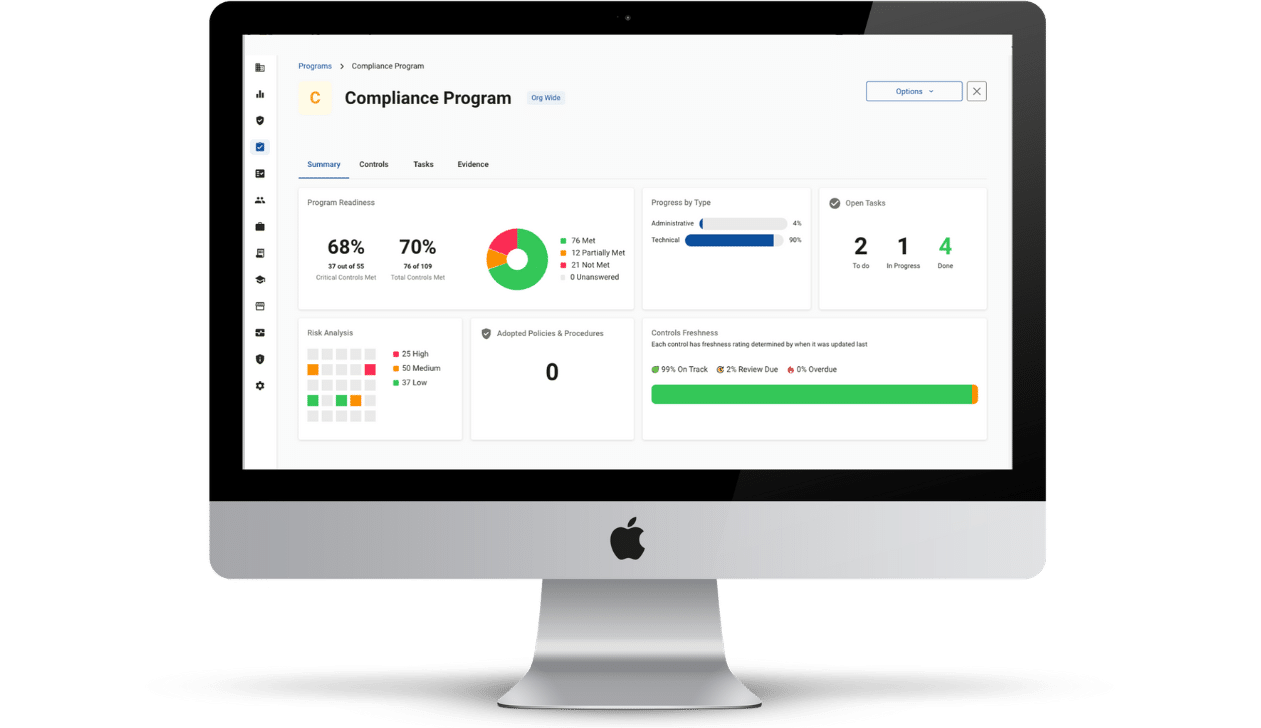
Ensuring the safety and well-being of both patients and medical professionals is paramount. This responsibility falls not only on the shoulders of doctors and nurses but also on the management and staff of medical offices. To maintain a safe working environment, practices must adhere to OSHA medical office requirements. Let’s investigate what these requirements entail and how they contribute to workplace safety.
Understanding OSHA for Medical Offices
The Occupational Safety and Health Act (OSHA) was established to enforce health and safety regulations in workplaces across various industries, including healthcare. By:
- Setting Standards
- Conducting Inspections
- Providing Training
- Offering Assistance Programs
OSHA ensures that employers provide their employees with a safe working environment. For medical offices specifically, OSHA has outlined comprehensive guidelines known as OSHA medical office requirements. These requirements serve as a blueprint for maintaining a safe workplace while addressing specific hazards associated with the healthcare industry.
When patients walk through the doors of a medical office, their primary concern is their health. They trust that healthcare professionals will take every measure to safeguard their well-being. By adhering to OSHA medical office requirements, medical facilities demonstrate their commitment to providing quality care in a secure environment.
The Key Elements of OSHA Medical Office Requirements
To ensure the safety and well-being of employees and patients alike, OSHA established a set of standards that medical offices must adhere to.
1. Bloodborne Pathogen Standard
The risk of exposure to bloodborne pathogens in any healthcare setting is ever-present. OSHA’s Bloodborne Pathogens Standard protects employees from potential hazards associated with blood or other potentially infectious materials. It mandates:
- Comprehensive Training Programs
- Proper Handling & Disposal Methods
- Proper Use of Personal Protective Equipment (PPE)
2. Hazard Communication Standard
Medical offices handle various chemicals and hazardous substances daily. The Hazard Communication Standard requires employers to implement an effective program for labeling these substances correctly and communicating potential hazards to staff members.
This includes providing safety data sheets (SDSs) outlining information about:
- Chemical Properties
- Precautions
- Emergency Procedures
3. Emergency Action Plans
Being prepared for emergencies is paramount in any workplace, including medical offices. OSHA requires all healthcare facilities to develop emergency action plans that outline evacuation procedures, communication protocols during crises, and the assignment of responsibilities to ensure a swift and coordinated response.
4. Personal Protective Equipment (PPE)
Properly using PPE is crucial in reducing the risk of occupational injuries or illnesses. OSHA medical office requirements necessitate employers to assess workplace hazards and provide suitable PPE, such as:
- Gloves
- Masks
- Goggles
- Gowns
These help to protect employees from potential harm or exposure to dangerous chemicals.
5. Fire Safety
Fire incidents can have devastating consequences within any healthcare facility. Compliance with OSHA’s fire safety standards ensures that medical offices are equipped with:
- Functioning Fire Extinguishers
- Well-Maintained Sprinkler Systems
- Clear Evacuation Routes
- Regular Staff Training on Fire Prevention Techniques
Achieving OSHA Medical Compliance: Best Practices for Medical Offices
There are essential steps needed to achieve OSHA medical compliance and create a safe and healthy environment for your healthcare facility.
1. Staff Training
Continuous education and training are imperative for maintaining compliance with OSHA medical office requirements. Regularly conducting training sessions on topics like:
- Bloodborne Pathogens
- Hazard Communication
- Emergency Response Procedures
- Proper Use of PPE
2. Routine Inspections
Conducting routine inspections enables medical offices to identify potential hazards promptly. By regularly assessing equipment functionality, ensuring proper storage of chemicals and hazardous materials, and checking emergency exits for accessibility, facilities can proactively address compliance issues before they escalate.
3. Documentation
Maintaining comprehensive records is essential for proving compliance during audits or inspections. Proper documentation includes:
- Employee Training Records
- Safety Data Sheets
- Inspection Reports
- Emergency Action Plans
- Incident Reports
4. Appointing a Safety Officer
Designating a competent individual as a safety officer can be immensely beneficial to streamline safety efforts within a medical office. This person would:
- Oversee Compliance Measures
- Conduct Internal Audits
- Communicate Safety Protocols to Staff
- Serve as a Go-To Resource for Safety Concerns
Implementing OSHA Standards in Your Office
In the demanding realm of healthcare, patient care goes hand-in-hand with ensuring a safe working environment for healthcare professionals. Adhering to OSHA medical office requirements is not merely an obligation but a commitment to upholding the highest safety and compliance standards.
Compliancy Group provides an OSHA program with the materials you need to fulfill OSHA in your practice. Protect your practice while giving your employees the confidence to do their job safely.










